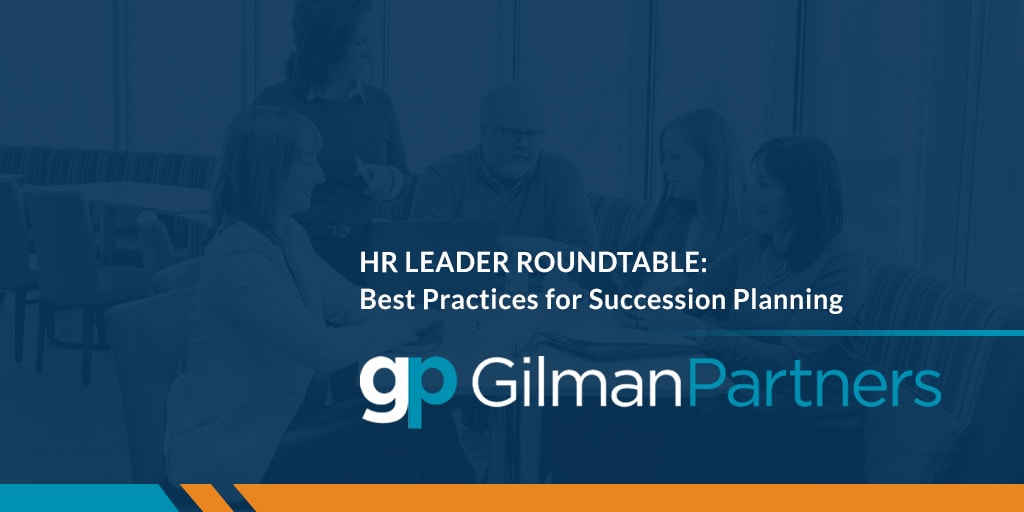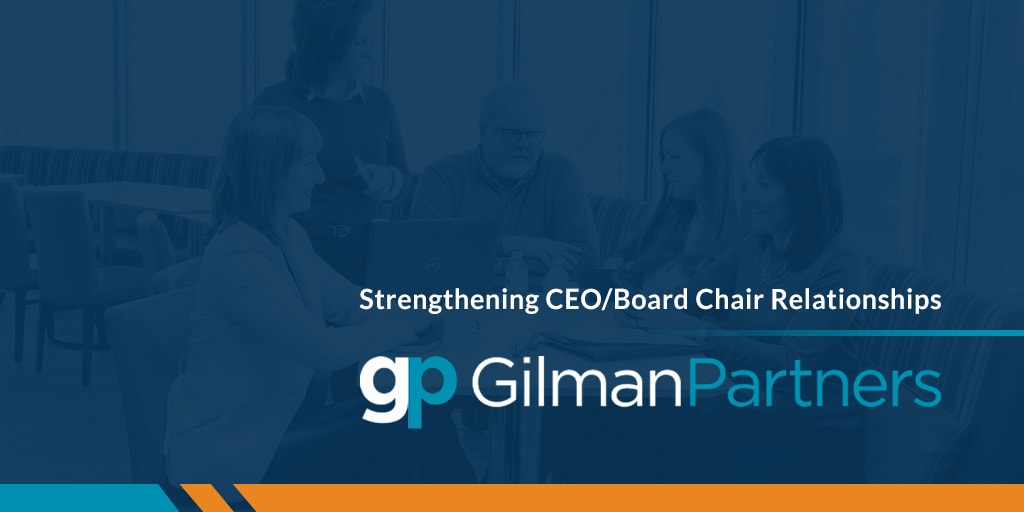Let’s face it—decisions about people are tough. Anyone who has ever hired/promoted an employee or assigned someone to work on a critical project knows the pressure of high stakes and solid results. It’s easy to pay attention to a gut feeling, but when the risks attached to getting it wrong span from reputational to business-impairing and costly, there has to be a better way.
And there is. Assessments. They help us make better decisions, for ourselves and for our business, by surfacing opportunities for discovery and dialogue. There are many types of assessments and they serve different purposes. Some measure cognitive ability, others measure personality, others assess strengths. Some explore values and motivations while still other assessments measure leadership competencies and trust. The key to choosing the right assessment is knowing your purpose for using one.
Assessments increase leader self-awareness.
If I am a leader of people, knowing myself is the first step to effectively leading others. After all, who I am is how I lead. By increasing our understanding of self, we can look at situations from a different vantage point. That new lens helps us see more clearly and be more effective with others in order to achieve our objectives.
I coached a mid-level leader who carried a lot of pride in his ability to edit customer-facing marketing material. He always was ready with his “happy red pen” and his edits made the pieces better. Over time, his team learned two things: one, he would always use the red pen to improve upon their work and, two, their work would never measure up. So guess what happened? His team downshifted into giving him “B-” work and he grew more and more disappointed in their “inability to deliver quality.”
No assessment will guide one in the wise use of red pens, but we did use an assessment for the leader that highlighted detail orientation, developing others, and strategic direction. The assessment provided insight for the leader, sparking dialogue with his team. They appreciated his vision and were committed to the strategy they co-created, but they were completely disengaged when they felt they weren’t contributing value. Assessments reveal information to give leaders insight into how their actions are perceived by others.
Assessments inform development, promotion and selection discussions.
No assessment gives you the definitive answer to anything, but the use of an assessment can give you insight into many things.
Particularly in assessing the performance and potential of people, assessments help you make better decisions. This is possible simply because we ask better questions based on what is presented in the assessment results. We can be curious about a certain personality attribute and then ask questions about it in an interview. For example, let’s say that we notice a leader scores highly on a strong sense of urgency. We can ask how he handles situations when he can’t move forward for some reason. That helps us understand how—or if—he can adapt in the face of a bottleneck or when collaboration slows down a process.
In development, understanding your strengths and capabilities helps you leverage them fully. Likewise, understanding your weaknesses helps you decide how you want to develop them. Combined, this balancing act keeps you moving forward to achieve your potential, both in the current role and also as your career unfolds.
High-performing teams are not only aligned around shared purpose and objectives, they typically have deep understanding of personal motivations, values, and personality attributes. It’s a game-changer that builds the trust necessary to deliver results.
Assessments help align leadership practices.
It’s vital that senior leaders discuss and define the leadership practices that they value in their company. Ensuring the leadership actions align with the strategy of the organization helps move the company forward. This leadership framework becomes the foundation on which they hire, promote, and hold everyone accountable.
For example, in one company, the executive leadership team identified leadership practices for their team and the entire organization. Two of the top practices were customer focus and achieving results. As a result, they reworked their product development cycle to include the customer voice earlier in the process, which improved the product and the time to market, resulting in increased sales.
Ultimately, choosing the right assessment tools is a matter of knowing what you want to assess, but each has the potential to open up dialogue about leadership, organizational values, and individual contributions.




